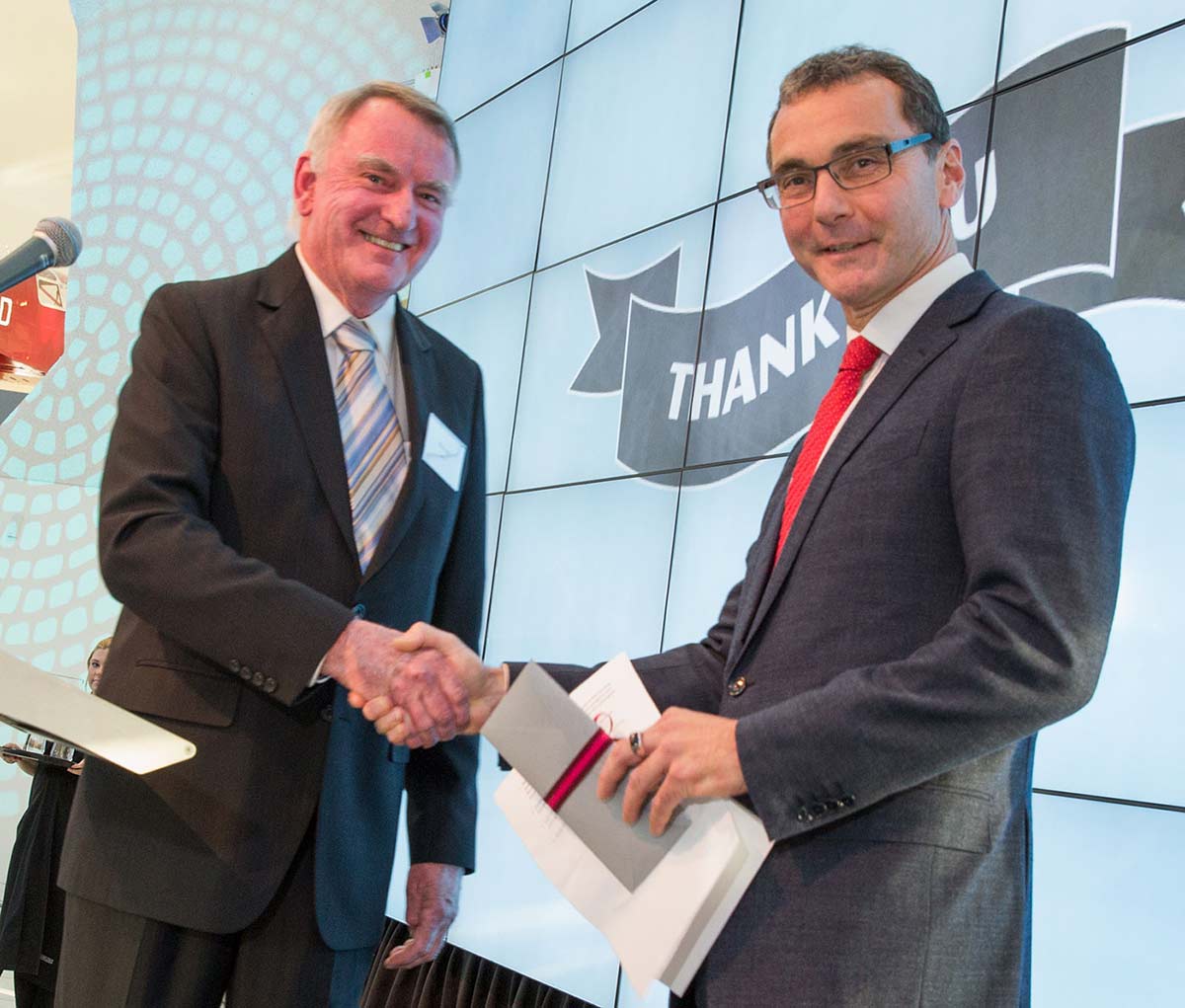The National Museum of Australia is a statutory authority. In 2013–14 the Museum sat within the Regional Australia, Local Government, Arts and Sport portfolio until the federal election in September 2013, when it moved to the Attorney-General’s portfolio.
The Australian Government funds the Museum to achieve an agreed outcome through a series of performance indicators, as specified in the annual Portfolio Budget Statements (PBS). The Museum’s outcome is to ensure:
Increased awareness and understanding of Australia’s history and culture by managing the National Museum’s collections and providing access through public programs and exhibitions.
(National Museum of Australia, Portfolio Budget Statements, 2013–14)
Financial summary
The Museum’s financial statements disclose an operating deficit of $1.264 million compared with the 2012–13 operating deficit of $1.723 million. Of the operating deficit, $1.038 million relates to unfunded depreciation of the National Historical Collection. Total income for 2013–14 was $46.821 million (anticipated $45.943 million in the Comprehensive Income Statement in the PBS) while total expenses for 2013–14 were $48.085 million (anticipated $46.943 million).
Revenue from government was $41.644 million and revenue from other sources was $5.177 million (anticipated $4.569 million). This includes gains from donated assets for 2013–14 valued at $0.246 million. The Museum received an additional $0.270 million from government to fund redundancies for reducing staffing levels to assist with maintaining a sustainable financial position. Revenue from non-government sources increased by $0.197 million compared with 2012–13. The increase was from higher than anticipated donations and grants revenue.
Total expenses were $0.542 million more than the previous year. The increase was primarily due to employee expenses resulting from redundancies offered in 2013–14.
The balance sheet discloses an increase in the Museum’s net assets of $16.191 million. In 2013–14, there was an increase in the asset revaluation reserve following a revaluation of Museum’s assets ($15.483 million). The Museum received an equity injection in 2013–14 ($1.972 million) to fund collection acquisitions.
Cash as at 30 June 2014 totalled $1.322 million (30 June 2013: $3.775 million), and investments totalled $39.000 million (30 June 2013: $34.500 million).
Financial summary 2013–14, measured against PBS
|
Budgeted expenses: $46.943m |
Actual expenses 2013–14: $48.085m |
|
Budgeted departmental appropriations: $41.374m |
Actual appropriations: $41.644m |
|
Budgeted income from other sources: $4.569m |
Actual income from other sources: $5.177m |
Financial summary 2012–13, measured against PBS
|
Budgeted expenses: $46.538m |
Actual expenses 2012–13: $47.543m |
|
Budgeted departmental appropriations: $40.959m |
Actual appropriations: $40.889m |
|
Budgeted income from other sources: $4.579m |
Actual income from other sources: $4.931m |
Program summary
Quantitative and qualitative performance indicators were met or exceeded across the program that supports the Museum’s PBS outcome:
Program 1.1 Collection management, research, exhibitions and programs
Program 1.1 Objective
The National Museum of Australia’s objectives were to:
- conduct activities to ensure the Museum has a relevant and high-quality collection of objects and associated material. This includes activities associated with maintaining the collection in appropriate condition, and ensuring it is available to be used in exhibitions and other programs to meet the Museum’s objectives
- conduct activities whereby visitors access objects in the collection or information about objects, and Australian history and cultures, through visiting exhibitions and attending programs throughout Australia and overseas
- undertake research to enhance awareness of Australian history and cultures, and publish information in all platforms
- develop partnerships across Australia to enhance the national reach of the Museum.
Program 1.1 Deliverables
The Museum:
- expanded its collections through the acquisition of key objects that represent the breadth and depth of Australian history and culture
- undertook an ongoing changeover program within the permanent galleries at Acton
- marketed the Museum as a key destination and developed new partnerships to support its core business to reach national and international audiences
- delivered programs for regional Australia including continued participation in the Community Heritage Grants program
- toured temporary exhibitions across metropolitan and regional Australia
- presented public programs for families, children and audiences with a disability, which promoted lifelong learning opportunities
- invested in new technologies that increased online public access to the Museum’s collection
- delivered high-quality education programs that met the standards of the Australian Curriculum
- built relationships and collaborations with museums in Europe and Asia with the goal of joint exhibition and research exchange programs.
- continued to build a donor base that includes regular giving, major gifts and bequests.
